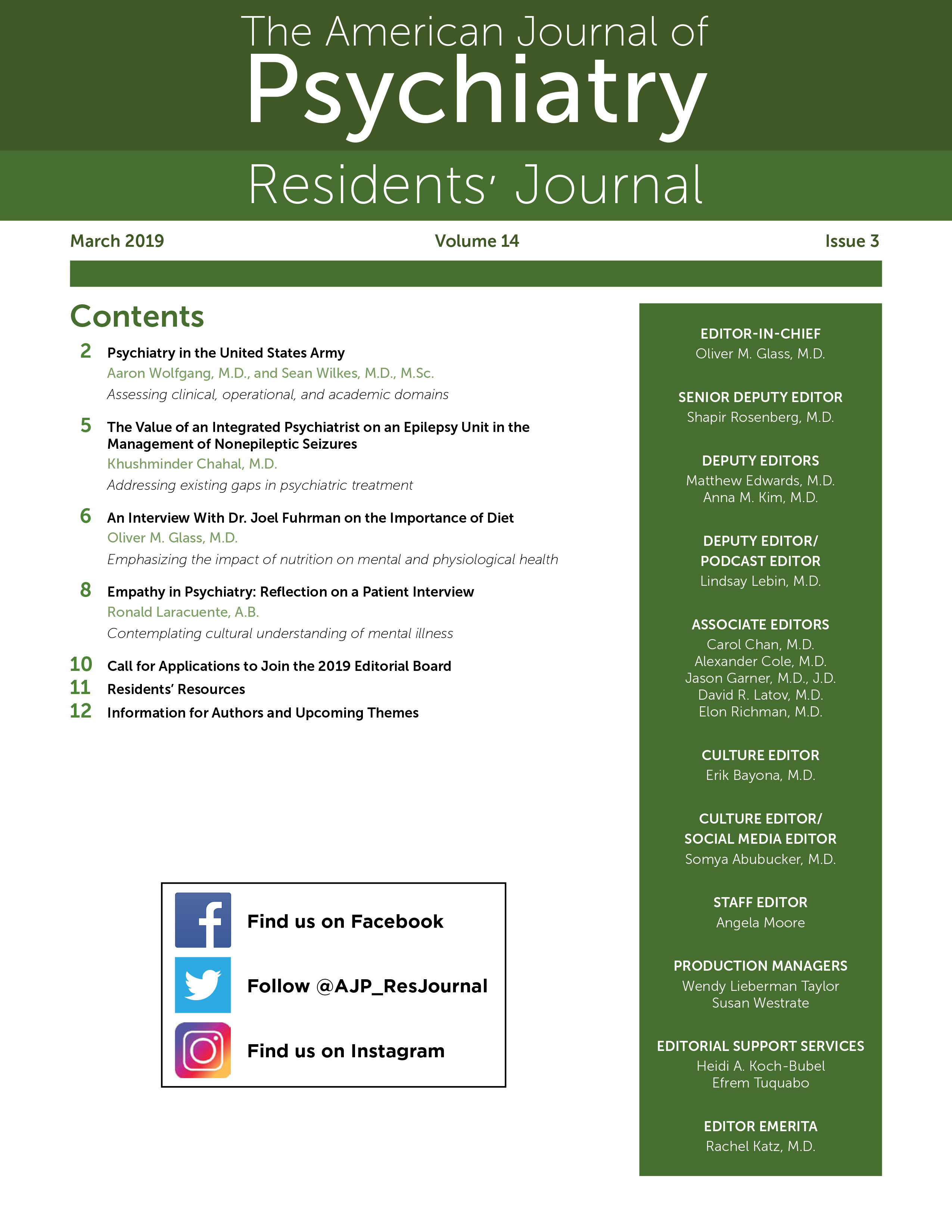Long-term EEG monitoring is a well-established procedure used in epilepsy monitoring units for the diagnosis of epilepsy. Well-developed epilepsy monitoring units utilize both scalp EEG recording and video monitoring to combine neurometric and clinical information. This allows neurologists to diagnose and define epilepsy syndromes. However, a significant proportion of patients on these units show no EEG findings, yet they exhibit clinical attacks that mimic seizures.
Clinical presentations of body convulsions that do not display any EEG findings have been termed "pseudo" or "psychogenic" seizures. This phenomenon as a symptom of conversion disorder is recognized in DSM-5, with it being a manifestation of an underlying psychological problem (
1). It has been estimated that patients with such symptoms represent 10%–20% of cases referred to epilepsy centers (
2). These patients demonstrate poor prognosis. In one study, 71% of patients continued to experience symptoms, and 56% were dependent on social security 11 years after onset (
3). Challenges in the clinical setting include early recognition, management of comorbid psychiatric pathology, and appropriate treatment interventions.
Integrating a psychiatrist onto epilepsy monitoring units can bring value to managing patients' symptoms in three key ways: diagnosis, in-hospital care, and posthospital care. Firstly, having a psychiatrist to evaluate every patient admitted for monitoring allows for assessment of risk factors for conversion disorder and for other psychiatric comorbidity (
4). Secondly, collaborating with neurologists during rounds will allow for a biopsychosocial formulation of these cases. If the diagnosis is deemed to be conversion disorder with attacks or seizures, the psychiatrist can assist the primary team in disclosing the diagnosis to the patient. This conversation may be very difficult for the patient, the patient's family, and his or her physicians (
5). The psychiatrist can work alongside the neurologist, and when negative EEG findings are revealed, the patient can be informed about the symptom being an unconscious manifestation of stress, which is treatable without the need for anticonvulsant medications. Thirdly, the psychiatrist can assist with transition to outpatient treatment. On the basis of the psychiatric evaluation, psychotherapy can be tailored to the patient's symptoms, since many modalities exist for conversion disorders. The psychiatrist can also begin treatment and establish follow-up for any comorbid psychiatric illness. Thus, the challenges that give rise to poor prognosis in this patient population can be addressed, and patient outcomes can be improved.
The presence of psychiatry on epilepsy monitoring units addresses the gaps that exist in treating illnesses that belong to the realms of neurology and of psychiatry. This setting provides the ideal stage for both specialties to work collaboratively to treat syndromes that neither specialty is adequately managing on its own.
